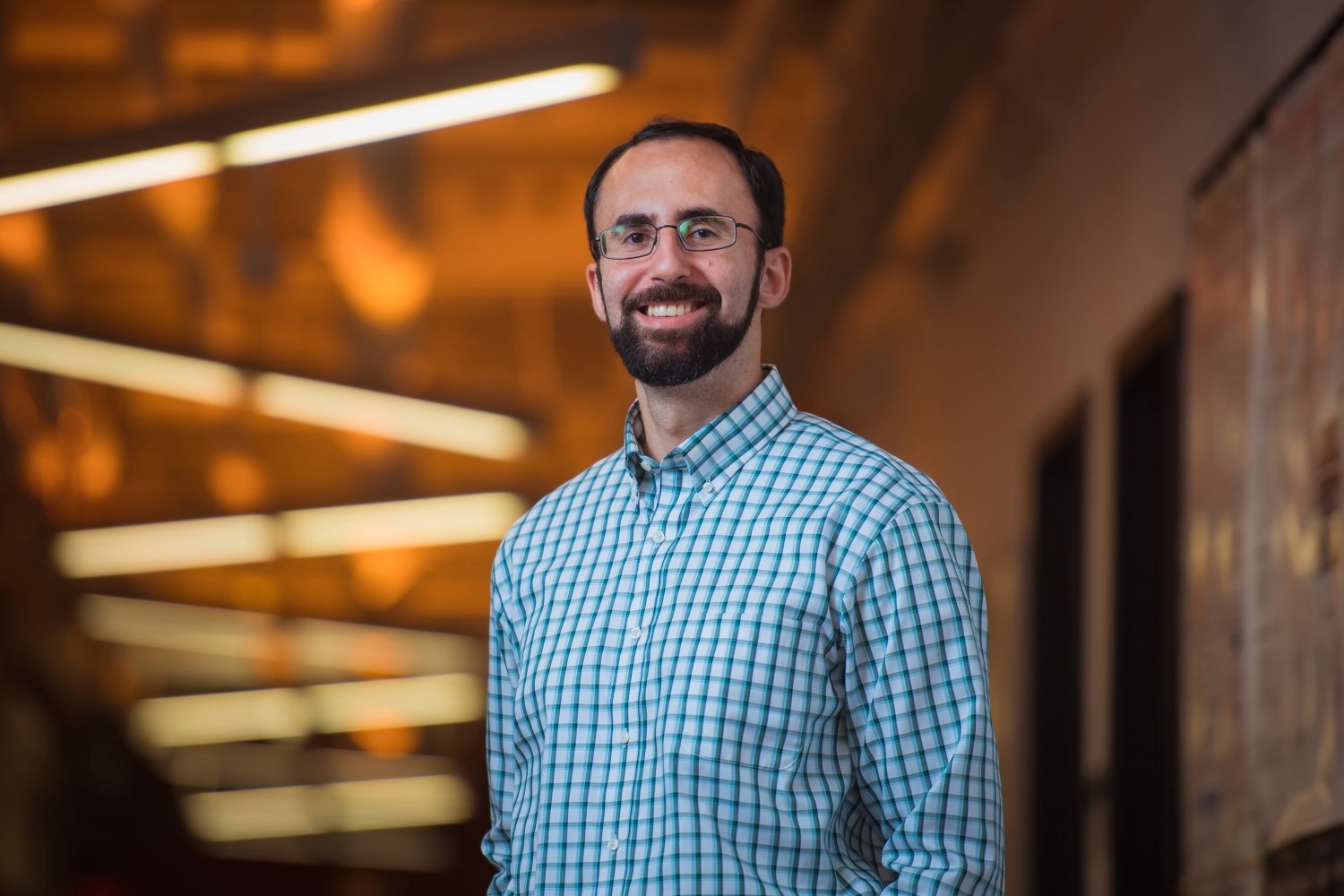

Kourosh Shirvan, John Clark Hardwicke Professor of Professional Development in the Department of Nuclear Science and Engineering (NSE), knows that the nuclear industry has traditionally been wary of innovations until they prove useful. As a result, he focused tirelessly on practical applications in his research, work that earned him the 2022 Reactor Technology Award from the American Nuclear Society. “The award usually recognizes practical contributions to the field of reactor design and has not often gone into academia,” says Shirvan.
One such “practical contribution” is in the field of accident-tolerant fuels, a program launched by the US Nuclear Regulatory Authority in the aftermath of the 2011 Fukushima Daiichi accident. The goal of the program, Shervan says, is to develop new forms of nuclear fuel that can withstand heat. His team, together with students from more than 16 countries, works on many possibilities ranging in composition and method of production.
Another aspect of Shirvan’s research focuses on how radiation affects the heat transfer mechanisms in the reactor. The team found that fuel wear is the driving force. “(The research) shows how the nuclear fuel in the reactor will perform, from a practical point of view,” says Shirvan.
Improving the design of nuclear reactors
It was the summer internship while Shirvan was an undergraduate at the University of Florida in Gainesville that led him to focus on practical applications in his studies. A nearby nuclear facility was losing millions as ore piled up on fuel rods. Over time, the company would solve the problem by using more fuel, before extracting all the life from earlier batches.
The placement of fuel rods in nuclear reactors is a complex problem with many factors—the age of the fuel, the location of hot spots—influencing the results. Nuclear reactors change their fuel rod configuration every 18-24 months to improve approximately 15-20 constraints, resulting in approximately 200-800 assemblies. The mind-boggling nature of the problem meant that plants had to rely on experienced engineers.
During his training, Shirvan improved the software used to place fuel rods into the reactor. He found that some of the rods in the assemblies were more susceptible to ore deposits, and he reconfigured their formations, improving the performance of these rods rather than adding the assemblies.
In recent years, Shirvan has applied a branch of artificial intelligence – reinforcement learning – to the configuration problem and created software used by the largest US nuclear facility. “This software gives even the average person the ability to reconfigure the fuel and the reactor without having expert knowledge,” says Shirvan.
From advanced math to counting jelly beans
Shirvan’s own expertise in nuclear science and engineering developed quite naturally. He grew up in Tehran, Iran, and when he was 14 years old, the family moved to Gainesville, where Shirvan’s aunt and her family lived. He recalls two awkward years at the new high school where he was grouped with newly arrived international students, and put into entry-level classes. “I went from doing advanced math in Iran to counting jelly beans,” he laughs.
Shirvan applied to the University of Florida for his undergraduate studies because it was economically viable; The school has offered full scholarships to Florida students who have achieved a certain minimum SAT score. Shirvan qualified. His uncle, who was a professor in the then nuclear engineering department, encouraged Shirvan to take classes at the department. Under his uncle’s guidance, the courses Shirvan took and his internships nurtured his love for the interdisciplinary approach this field required.
Having always known he wanted to teach—he remembers finishing math exams early in Tehran so he could earn the bonus of being class monitor—Shervan knew graduate school was next. His uncle encouraged him to apply to MIT and the University of Michigan, home of reputable programs in the field. Shirvan chose MIT because “only at MIT was there a nuclear design program. There was a faculty dedicated to designing new reactors, researching multiple disciplines, and putting it all together.” He continued his masters and PhD studies at NSE under the supervision of Prof. Majid Kazemi, focusing on pressurized and pressurized water reactor designs. When Kazemi died suddenly in 2015, Shirvan was a research scientist, transitioning to the career path of directing the professor’s team.
Another project Shirvan took on in 2015: leading an MIT course on nuclear reactor technology for facility managers. Offered solely by the institute, the program is an introduction to nuclear engineering and safety for employees who may not have a significant background in the area. “It’s a great cycle because you see the real problems in the energy sector … like grid stability,” Shervan says.
A multifaceted approach to savings
Another real problem facing nuclear facilities is cost. Contrary to what one hears on the news, the cost, which today can be three times the cost of renewables, Shirvan says, is contrary to what one hears on the news. While many approaches such as advanced manufacturing have been tried, Shirvan believes the solution to cutting costs lies in designing more compact reactors.
His team developed an advanced, open-source nuclear cost tool and focused on two different designs: a small water reactor using pressurized steam technology and a horizontal gas reactor. Compactness also means making the fuel more efficient, as Shirvan’s work does, and in improving the heat exchange device. It all goes back to basics and bringing “viable business arguments with your research,” Shirvan explains.
Shervan is excited about the future of the US nuclear industry, and that the 2022 Decrease Inflation Act gives the same subsidies for nuclear power as it does for renewables. In this new level playing field, advanced nuclear power still has a long way to go in terms of affordability, he admits. “It is time to move forward with cost-effective design, and I look forward to supporting this by continuing to guide these efforts with research from my team,” says Shervan.
